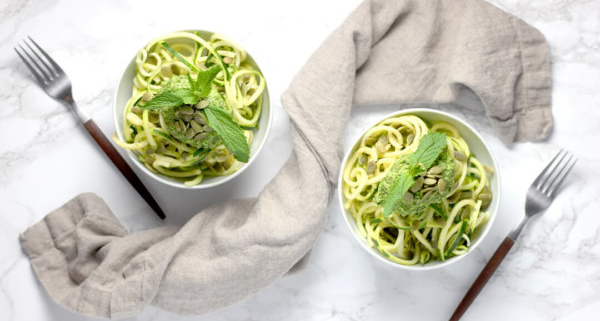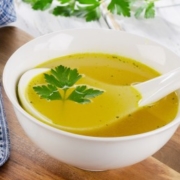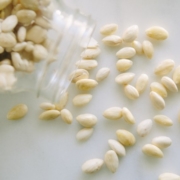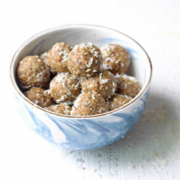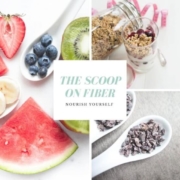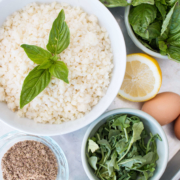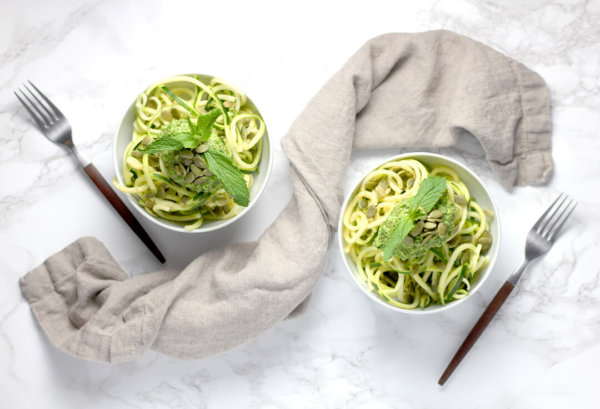
Many foods deemed healthy can actually be high in histamines, including red wine, citrus fruits,
cured meats, and aged cheese. Of course, these foods sound healthy to some people, but for
others, they can cause a plethora of issues: anxiety, migraines, hives, acid reflux, abdominal
pain, fatigue, tissue swelling, inflammation, etc.
Many of my clients don’t realize that if they are experiencing some of these symptoms, it could
be due to a histamine intolerance – or lack of the enzyme DAO, needed to break down
histamine.
Histamine intolerance is difficult to diagnose, and often unrecognized by conventional doctors.
The functional medicine doctors I have worked with believe the main culprit in histamine
intolerance is gut dysbiosis, as well as hormone imbalances. These bad bacteria produce
histamine from foods that are not digested, which overwhelms the body and leads to an over-
accumulation of histamine.
What is Histamine?
Histamine is an important part of the immune system that causes necessary inflammation
during times of injury and healing. Our mast cells, which are present in every tissue of our body
(including bones), release histamine as a first line of defense.
While mast cells secrete other chemicals, histamine is particularly powerful. Think of someone
who is allergic to peanuts: they eat a peanut, and the mast cells release a small amount of
histamine in response. When this histamine is released, it sends an inflammatory signal to their
nose, skin, lungs, mouth, and throat. It does this by increasing the permeability of capillaries to
white bloods cells, allowing the white blood cells can do what they’re supposed to.
Histamine is responsible for the trademark allergic reaction, from some uncomfortable
inflammation all the way to anaphylactic shock, where someone will need an EpiPen
immediately.
You can imagine that when histamine runs rampant, it can cause a host of health implications,
such as histamine intolerance and mast cell activation syndrome (MCAS). This can be the result
of an overproduction of histamine – or, as mentioned above, the result of insufficient DAO, the
enzyme that breaks down histamine in the body.
What Causes an Overproduction of Histamine?
Gut Dysbiosis: Many bad gut bacteria produce histamine themselves. If these histamine
producing strains are over-represented, you may suffer from the negative consequences.
Mast Cell Activation Syndrome (MCAS): As I mentioned, mast cells produce histamine as
part of the immune response. With this syndrome, a person’s mast cells release excessive
amounts of histamine. Unfortunately, research has yet to pinpointed the cause.
What Prevents Histamine Breakdown?
1. Gut dysbiosis
2. DAO deficiency
3. HNMT deficiency (another enzyme that breaks down histamine)
What is DAO?
Diamine oxidase is an enzyme responsible for breaking down histamine, along with N-
methyltransferase (HNMH). Both enzymes work to break down histamine in the body, but DAO
is far more important.
DAO is found in the kidneys, thymus, and small intestine. The enzyme’s presence in your small
intestine means that when you eat foods high in histamine, DAO will break it down so it does not
enter your body. If you have enough DAO, your body will be able to deal with high histamine
foods.
Many foods deemed healthy can actually be high in histamines, including red wine, citrus fruits, cured meats, and aged cheese. Click To Tweet
If you suspect that you do not have enough DAO, however, you can increase your levels
naturally…
Omega-3 has been shown to release DAO so eat more:
● Olive oil
● Wild caught salmon
● Mackerel
● Walnuts
*Be wary of fish oil supplements, which are very susceptible to oxidation.
You can also boost DAO with the following:
Healthy saturated fats:
● Grass-fed butter
● Avocado
● Fatty fresh fish
● Pasture-raised chicken eggs (unless it’s a sensitivity)
Phosphorus:
● Almonds
● Broccoli
● White beans
● Pasture-raised chicken eggs (unless you have a sensitivity)
Calcium:
● Dark leafy greens
● Broccoli
● Beans
● Lentils
Zinc:
● Grass-fed meat
● Almonds
● Lentils
● Spinach
Magnesium:
● Dark leafy greens
● Pumpkin
● Almonds
● Cashews
Vitamin B12:
● Grass-fed beef liver
● Grass-fed beef
● Wild caught salmon
● Fresh tuna
Iron:
● Lentils
● Pumpkin seeds
● Grass-fed beef
● Broccoli
Courtesy of Dr. Jill Carnahan
Histamine is responsible for the trademark allergic reaction, from some uncomfortable
inflammation all the way to anaphylactic shock!
Signs and symptoms of histamine related disorders include:
● Headaches
● Nasal congestion
● Fatigue
● Hives
● Digestive issues
● Irregular menstrual cycle
● Skin rashes and hives
● Anxiety
● Difficulty concentrating
● Flushing and severe sweating
● Itching
● Diarrhea
● Brain fog
● Nausea
● Vomiting
● Bone pain
● Bloating
● Sunlight sensitivity
● Frequent urination
● Anaphylaxis
● Numbness in face and extremities
● Tachycardia (racing heart rate)
● Unexplained weakness
● Liver/spleen/kidney/bladder pain
● Unexplained bruising
● Malabsorption
● Constipation
● Chest pain
● Intermittent tinnitus or hearing problem
I would get many of these symptoms on a rotating basis. I am still working on reducing
them, but they are far and few between now!
If you suspect histamine intolerance (or not enough DAO), there are a few things you can
do:
1. Reduce the histamine in your diet
2. Boost your DAO enzyme
3. Avoid DAO blocking foods
DAO Blocking Foods to Avoid:
● Alcohol
● Energy drinks
● Green/Black Tea
High Histamine Foods:
1. Fermented foods – wine, cheese, yogurt, kefir, sauerkraut, fish sauce, coconut
amines, fermented soy products
2. Seafood – shellfish, finfish, fresh, smoked, or canned seafood
3. Eggs
4. Processed, cured, smoked, and fermented meats – bacon, suasage, salami,
pepperoni, leftover meat (histamine increases after cooking), ham
5. Fermented milk products
6. Citrus fruits
7. Berries
8. Dried fruit
9. Spinach
10. Tomatoes
11. Artificial food colors and preservatives
12. Spices – cinnamon, chili powder, cloves, anise, nutmeg, curry, cayenne
13. Herbal teas
14. Green tea
15. Alcohol
16. Chocolate
17. Cocoa
18. Vinegar containing foods – pickles, relishes, ketchup
19. Mustard
20. Sugar
21. Slow cooked foods – bone broth
Link to my high histamine downloadable.
Important Facts:
• Cooking and grilling meat increases histamine levels, where boiling decreases those
levels.
• Fried vegetables have higher histamine levels than raw vegetables.
It is very difficult to test for histamine intolerance and/or DAO insufficiency. Current
testing methods are unreliable, and conventional doctors do not yet recognize it (strong
emphasis on YET!).
If you suspect a histamine intolerance, I suggest looking into a 4-week elimination diet of
high histamine foods and working with a knowledgeable practitioner. The theory is that if your symptoms start to improve when you remove the foods, then the tests don’t really matter!
There are a whole range of disorders associated with histamine issues, including (but
not limited to) mast cell activation syndrome (MCAS) and mastocytosis. I will delve into these in later posts.
Why Current Tests Are Unreliable
All current tests look at histamine levels at one point in time, and do not test for levels before and
after eating high histamine foods. This means that no current test can confirm or deny a link between
histamine intolerance and ingested food.
Furthermore, the available tests have significant problems. Specifically:
DAO in Serum – Such tests are not conclusive, as DAO levels are not concentrated in the
bloodstream. The ideal system would be to have a test that shows DAO enzyme levels in the
intestine or colonic mucosa, but no such test is readily available.
Histamine in Stool – Intestinal bacteria can produce large amounts of histamine, such that these
tests do not reflect ingested histamine or enzyme sufficiency.
Histamine in Plasma – Plasma tests do not correlate with histamine or histamine intolerance
symptoms. Functional practitioners also tend to use this more as a methylation marker.
Methyl-histamine in Urine – The level depends not only on histamine, but also the protein content
of foods. HNMT rises on a high protein but low histamine diet.
Histamine Skin-Prick Test – Skin prick tests do not link to either enzymes or the ingestion of high
histamine foods.

![]()

